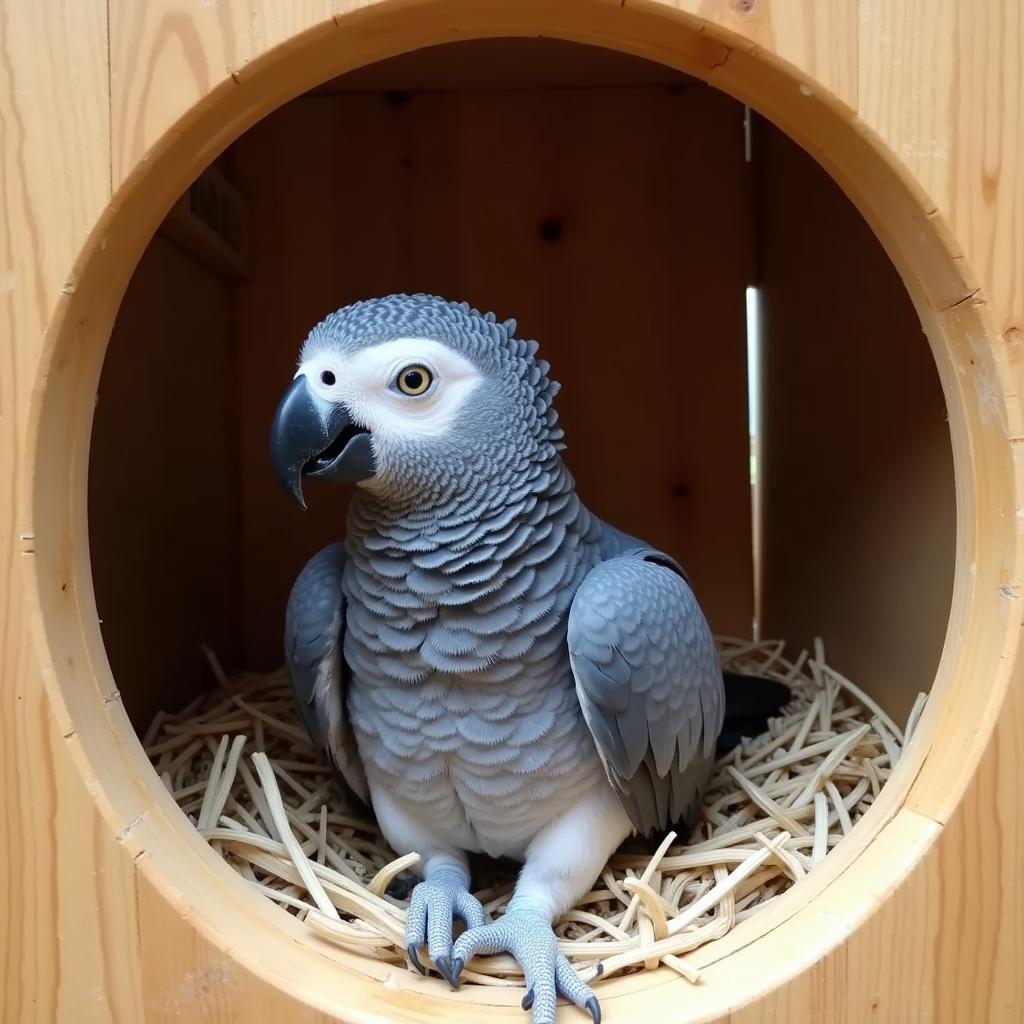African Grass Huts: An Enduring Symbol of Tradition and Sustainability
The image of an African Grass Hut is often what comes to mind when picturing the continent’s diverse landscapes and cultures. These simple yet ingenious structures are far more than just dwellings; they represent a deep connection to the environment, a legacy of architectural ingenuity, and a testament to the enduring traditions of various African communities.
More Than Just a Home: The Significance of Grass Huts
Across Africa, from the savannahs of the east to the grasslands of the south, traditional grass huts play a significant role in the lives of many people. They are integral to cultural identity, often reflecting the values of community, resourcefulness, and harmony with nature.
A Symphony of Nature: Materials and Construction
One of the most fascinating aspects of African grass huts is their construction. Using readily available, natural materials, these homes are built with an understanding and respect for the environment:
- Grass Thatching: Long, sturdy grasses like elephant grass or thatching reed are meticulously layered to create waterproof and insulating roofs.
- Wooden Framework: Flexible branches and saplings form the structural foundation, often bound together with natural fibers.
- Earth and Clay: In some regions, earth and clay are incorporated to create walls, providing additional insulation and stability.
These huts are typically constructed using traditional techniques passed down through generations. The entire community often participates, highlighting the importance of shared knowledge and cooperation.
Adapting to the Elements: Design Variations Across Africa
While the basic concept of a grass hut remains consistent, diverse regions across Africa have developed unique variations to suit their specific climatic conditions and cultural preferences.
- Conical Roofs: Prevalent in regions with high rainfall, these steep, sloping roofs allow for efficient water runoff.
- Mud Walls: In arid areas, thick mud walls provide insulation against the scorching sun and retain coolness.
- Elevated Structures: Found in areas prone to flooding, these huts are built on stilts to protect inhabitants and belongings.
These adaptations showcase the ingenuity and adaptability of African architecture, demonstrating a deep understanding of local environments.
A Glimpse into the Past: The Enduring Legacy of African Grass Huts
In a world rapidly embracing modern architecture, African grass huts offer a poignant link to the past, preserving cultural heritage and traditional building techniques. They represent a sustainable way of life, reminding us of the importance of living in harmony with nature.
Facing the Future: Challenges and Opportunities
Despite their resilience and cultural significance, African grass huts face challenges in the face of modernization and changing lifestyles.
- Durability: Natural materials, while sustainable, are susceptible to weathering and require regular maintenance.
- Urbanization: As people move to urban areas, traditional housing styles are often replaced with modern structures.
- Perceptions: Some may view grass huts as outdated or inadequate compared to modern housing options.
However, there are opportunities to bridge the gap between tradition and modernity.
Preserving Heritage: Sustainable Tourism and Cultural Preservation
Growing interest in cultural tourism presents a valuable opportunity to showcase the beauty and significance of African grass huts. By incorporating them into eco-lodges and cultural centers, communities can generate income while preserving their heritage.
Furthermore, promoting the use of sustainable building techniques inspired by traditional methods can contribute to environmentally friendly practices in modern construction.
African Grass Huts: A Testament to Human Ingenuity
More than just shelters, African grass huts symbolize a deep respect for the environment, a celebration of community, and an enduring connection to cultural heritage. They stand as a testament to the ingenuity and adaptability of African people, offering valuable lessons in sustainable living for the modern world.
FAQs About African Grass Huts
What are African grass huts made of?
They are primarily constructed using natural materials like grass for thatching, wood for the framework, and sometimes earth or clay for walls.
Why are African grass huts shaped the way they are?
The conical roof shape is particularly well-suited for areas with high rainfall as it allows water to run off easily.
Are African grass huts still built today?
Yes, while becoming less common in urban areas, they are still built in many rural communities, often reflecting a blend of traditional techniques and contemporary adaptations.
Exploring More About Africa
For a deeper dive into the diverse cultures and architectural wonders of Africa, check out these articles:
- Discover the vibrant birdlife: African Pipit
- Get a glimpse inside: African Hut Inside
- Explore modern designs: African House Designs
Want to learn more about the fascinating world of African architecture and sustainable living? Contact us at +255768904061, email kaka.mag@gmail.com, or visit us at Mbarali DC Mawindi, Kangaga, Tanzania. Our team is available 24/7 to assist you.
